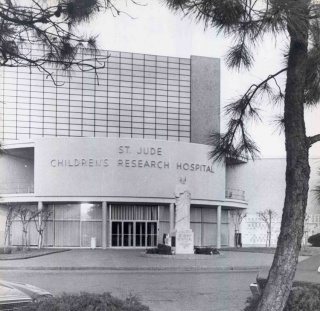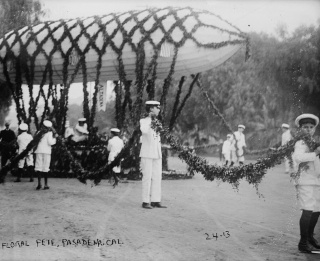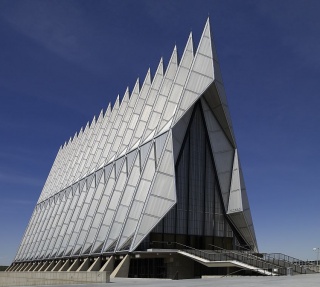Education | Timeline |
- 1829
- 1834
- 1840s
- 1848
- 1853
- 1859
- 1870
- 1870s
- 1871
- 1875
- 1877
- 1879
- 1880s
- 1882
- 1883
- 1884
- 1886
- 1887
- 1889
- 1890s
- 1891
- 1892
- 1893
- 1894
- 1895
- 1898
- 1899
- 1900
- 1900s
- 1901
- 1902
- 1904
- 1905
- 1906
- 1908
- 1909
- 1910
- 1910s
- 1911
- 1912
- 1913
- 1914
- 1915
- 1916
- 1917
- 1918
- 1919
- 1920
- 1920s
- 1921
- 1922
- 1923
- 1924
- 1925
- 1926
- 1927
- 1928
- 1929
- 1930s
- 1930
- 1931
- 1933
- 1934
- 1935
- 1936
- 1937
- 1938
- 1939
- 1940s
- 1940
- 1941
- 1942
- 1943
- 1944
- 1945
- 1946
- 1947
- 1948
- 1949
- 1950s
- 1950
- 1951
- 1952
- 1953
- 1954
- 1955
- 1956
- 1957
- 1958
- 1959
- 1960s
- 1960
- 1961
- 1962
- 1963
- 1964
- 1965
- 1966
- 1967
- 1968
- 1969
- 1970s
- 1970
- 1971
- 1972
- 1973
- 1974
- 1976
- 1979
- 1980
- 1992
St. Jude Research Hospital Dedication
On February 4, 1962, St. Jude Research Hospital in Memphis, TN, is officially opened. Williams supports the mission of the hospital and donates the plans to help entertainer Danny Thomas. Thomas has spent more than a decade raising money to build this shrine to St. Jude.
Listed among 100 richest African Americans
Ebony magazine consults many experts to create a published list of the 100 wealthiest African Americans in 1962. Paul Williams is included on this list. The magazine stresses that these individuals "are the genuine articles, however, among the sham and sparkle of the Cadillac-and-Chris-Craft set...honest-to-goodness millionaires often shun the public eye."
National accolade for use of steel
The Esso gasoline station at LAX, designed by Williams and other noted Los Angeles architectural firms, is cited by the American Institute of Steel Construction for the imaginative use of steel. The canopy over the gas station has a high-rib steel decking radiating from its center. "Under the canopy are smaller free standing circular structures framed with steel decking." (New York Times, June 3, 1962)
Touring the Town
Jet, January 18, 1962
"That tantalizing 'African princess' on the City of Los Angeles float in the Rose Bowl Parade was Pearl Robinson, a 19-year-old UCLA psychology major. Architect Paul Williams designed the modernistic float."
This photograph shows a float in one of the earliest Rose Bowl Parades. The first Rose Bowl Parade is in 1890.
A 'Farewell' Party at the Errett Cord Mansion
Los Angeles Times, June 9, 1962
An Elegant House Will Be Destroyed
"In its heyday (it was built in 1931, architect Paul Williams' first major project) it had been the setting for much fabulous entertaining, including one birthday party when the young guests were entertained by a merry-go-round. ... There was dancing until almost dawn in the huge ballroom, and when the last guest had left, the house, unlike Cinderella, had no happy ending to contemplate. After next week the damask walls, the marble and the satinwood will be gone."
Air Force Academy Chapel, Colorado Springs, Colorado
The National Security Act of 1947 establishes the Air Force as a separate and independent service of the U.S. military. To train a specially educated corp of officers for this service branch, the United States Air Force Academy is established. An area at the foot of the Rampart Range in Colorado is selected for the campus. The firm of Skidmore, Owings and Merrill (SOM) designs a master plan for the campus, one of the first government complexes designed in the Modern-style. (Architectural Forum, June 1955)
Architect Walter Netsch collaborates with SOM to design a chapel for the cadets. Netsch's design is based on the geometric shape of the tetrahedron. The chapel consists of a frame of 100 identical tubular steel tetrahedrons, each 75-feet long and enclosed with clear aluminum panels. Spaced a foot apart, the gaps in the framework are filled with thick colored glass. Three distinct worship areas are created under the one roof—the Catholic Chapel with seating for 500, a Protestant Chapel for 900, and the circular Jewish Chapel seating 100.
The Air Force Academy Chapel becomes an instant landmark. As the most visible building from I-25, the chapel is the most photographed building on campus.








